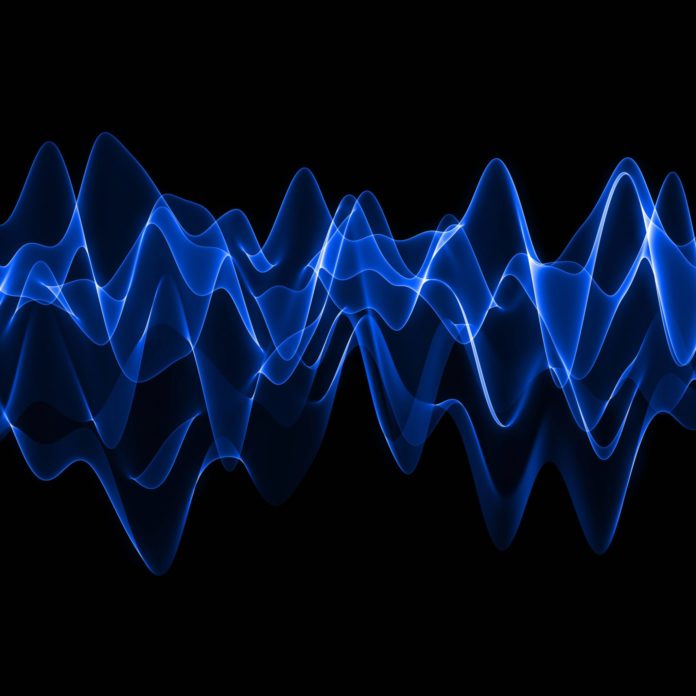Federal agency says that the change will provide more stability for CBRS use
The National Telecommunications and Information Administration has indicated its support for a change to the operations of Citizens Broadband Radio Service (CBRS) Spectrum Access Systems (SAS): Longer duration of the period in which a CBRS device (CBSD) can have a stable spectrum assignment, so long as it is unlikely to clash with incumbents in the band.
Currently, the rules are that all CBSDs have to be reauthorized by the SAS every five minutes or less. The change would mean that instead of that 300-second threshold, CBSDs could transmit for 24 hours before needing SAS reauthorized—as long as they operate in places and/or areas of the band where there are not any incumbent federal operations.
The three-tiered spectrum-sharing framework in the CBRS band relies on every active CBRS transmitter being registered with a Spectrum Access System (SAS). According to research data from SAS administrators that was published earlier this year, nearly half of CBRS access points are deployed in places that are part of the Dynamic Protection Area, the areas along the coasts of U.S. states and territories where incumbents such as naval radar systems receive priority in the band whenever they are present. An NTIA report said that 45% of the total number of CBSDs are deployed in counties that are part of the DPA, or 128,35 CBRS devices as of January 2023.
According to an NTIA letter, the changes to SAS reauthorization break down as follows:
-For CBSDs that are located outside of Dynamic Protection Area (DPA) “neighborhoods” (geographic areas, mostly along the coasts, where band incumbents may be encountered and CBRS devices have to be ready and able to move out of the band at short notice), NTIA says that if the devices are assigned spectrum between 3.55-3.7 GHz, they can transmit for up to 24 hours in their assigned spectrum without SAS reauthorization.
-For CBSDs operating at 3.65-3.7 GHz, CBSDs in DPA neighborhoods can also go up to 24 hours without new SAS authorization.
-CBSDs operating at 3.55-3.65 GHz in DPA neighborhoods still need to meet the 300-second threshold for SAS reauthorization.
“We agree that extending this reauthorization period from 300 seconds to 24 hours in geographic areas and portions of the spectrum band that are outside of the scope of current federal operations will help to provide a more stable and predictable spectrum environment for Citizens Broadband Radio Service users while ensuring an interference-free environment for critical federal operations,” the NTIA letter said.

